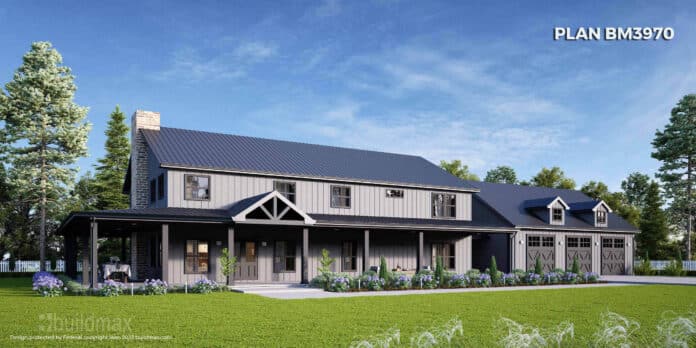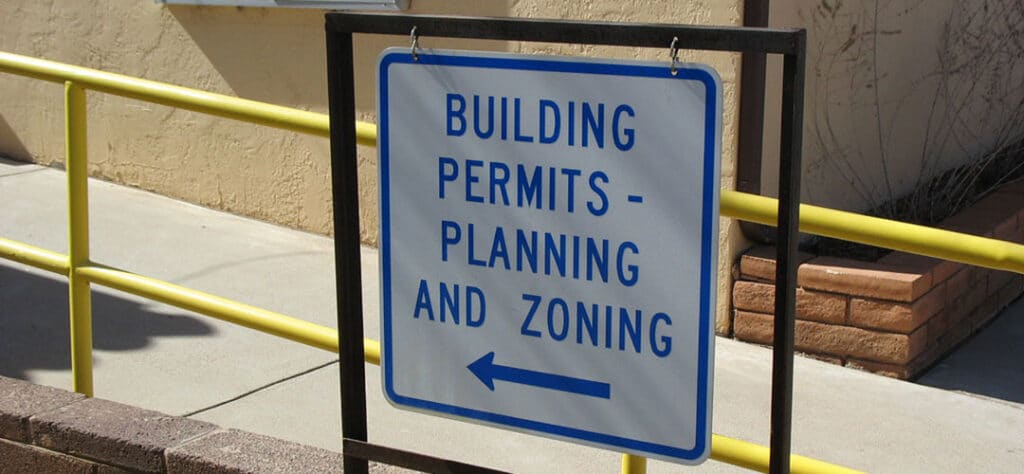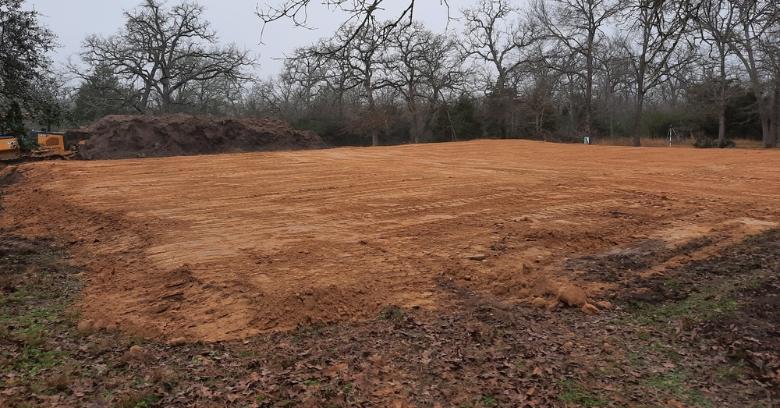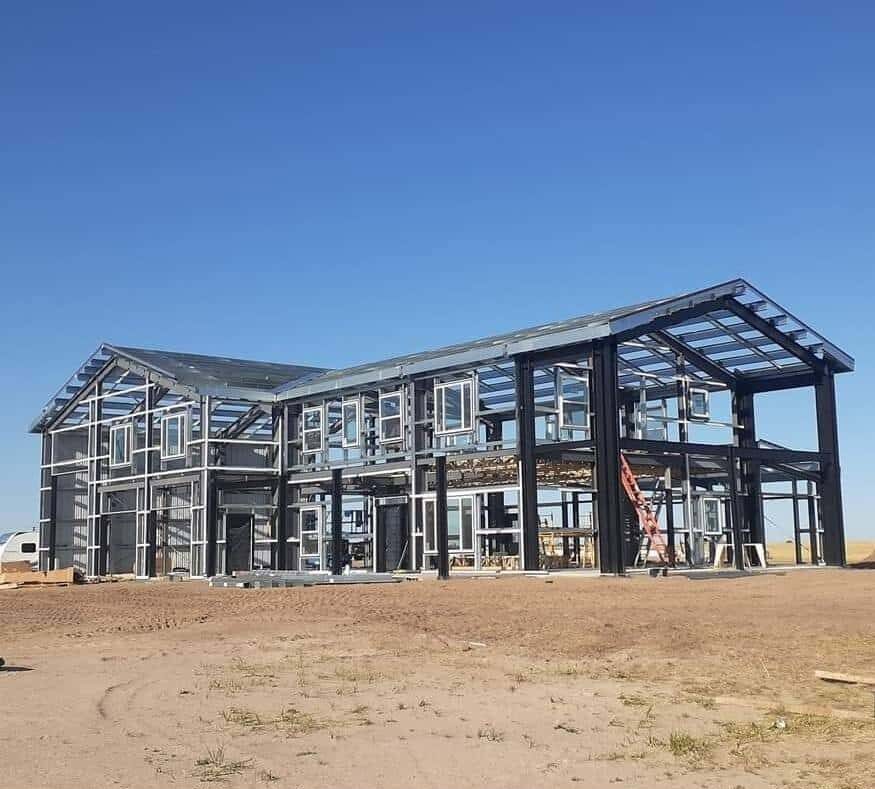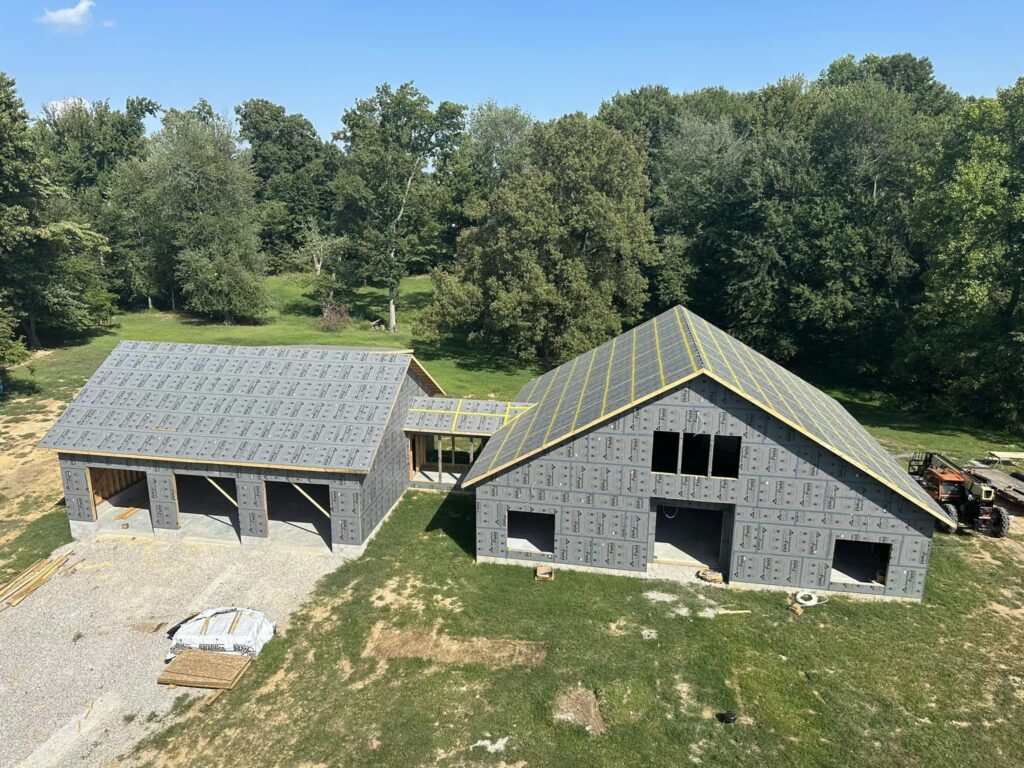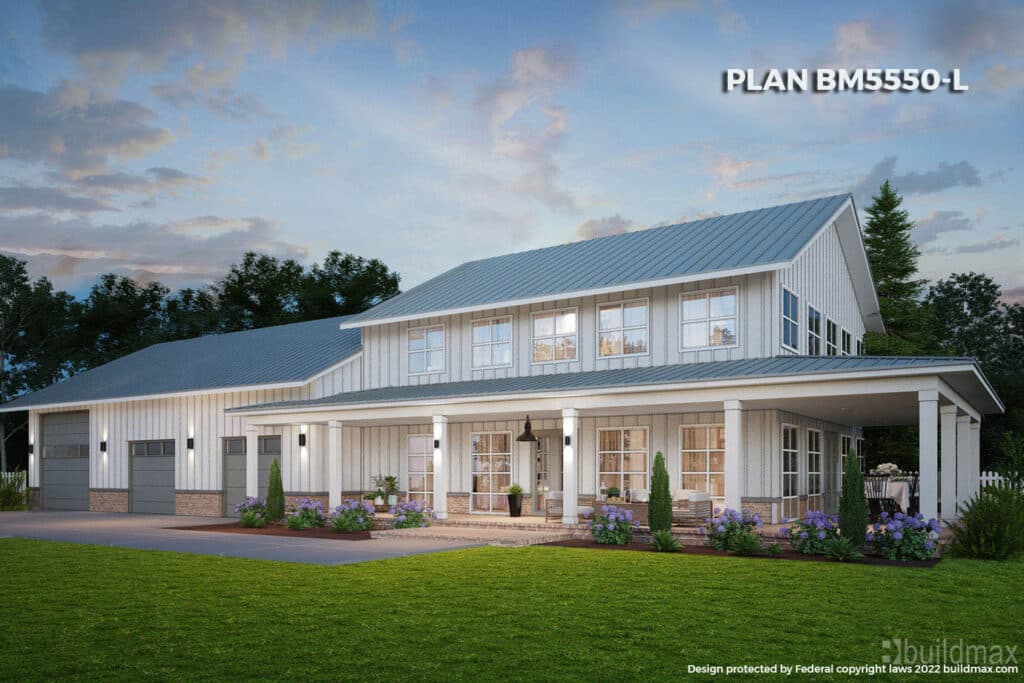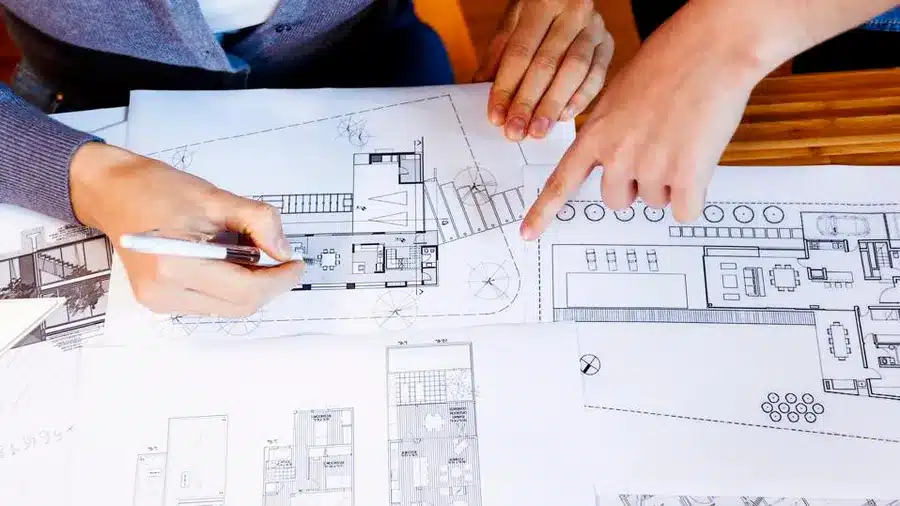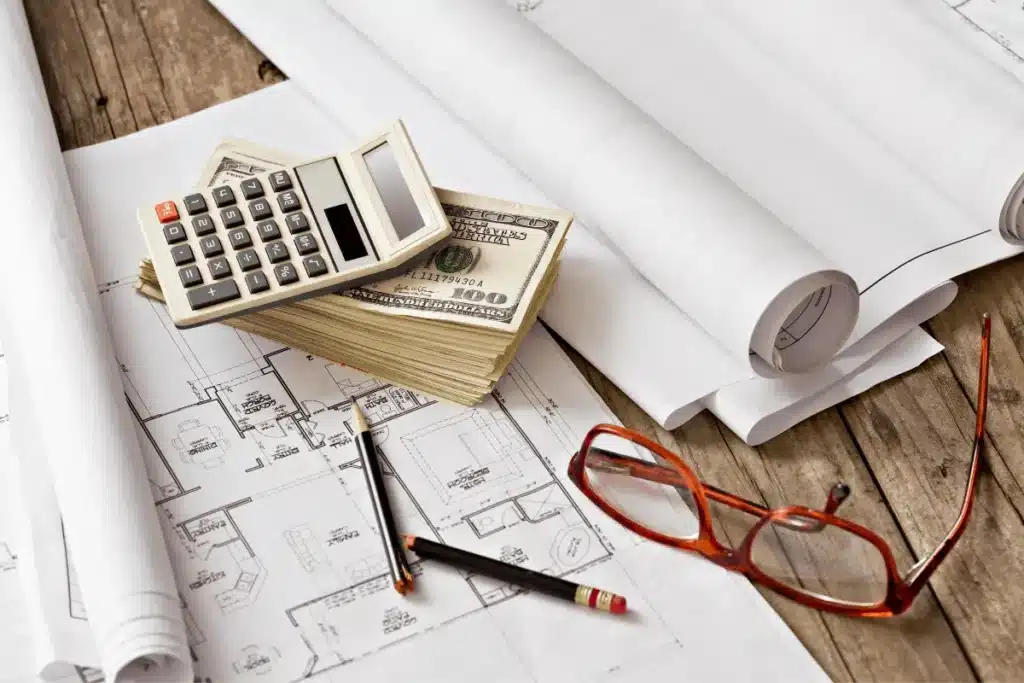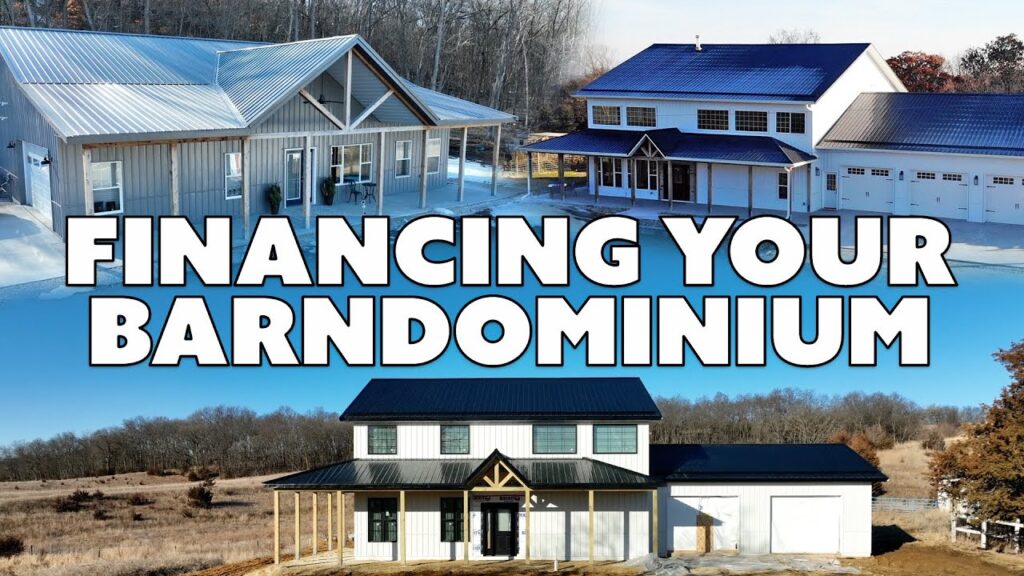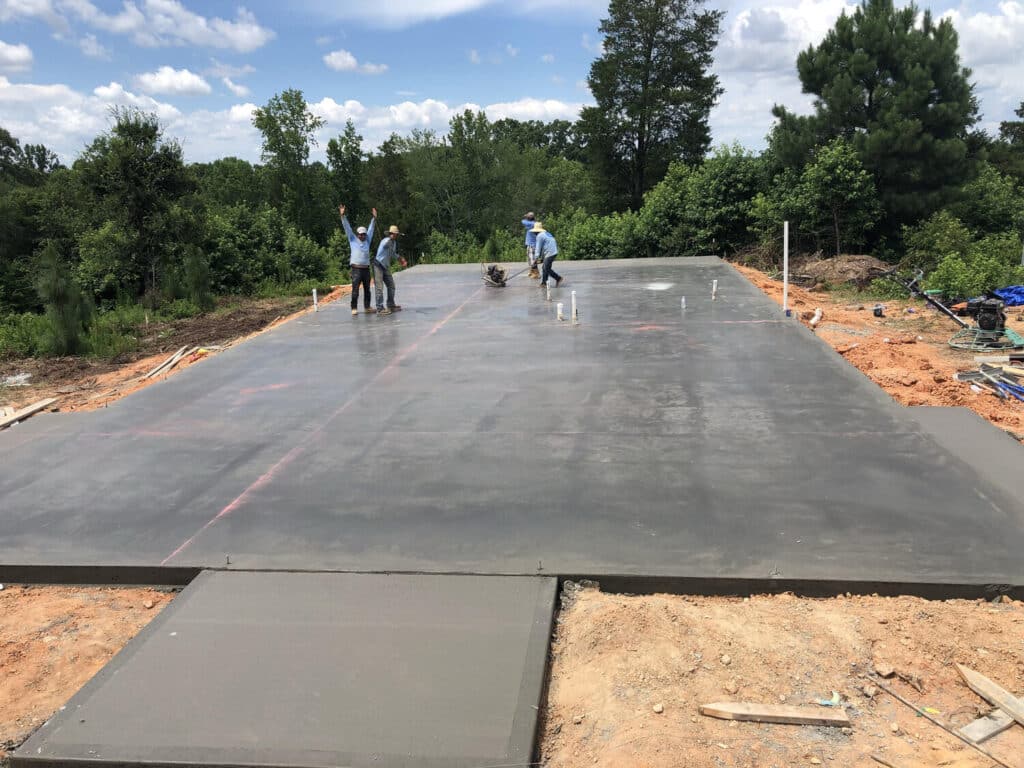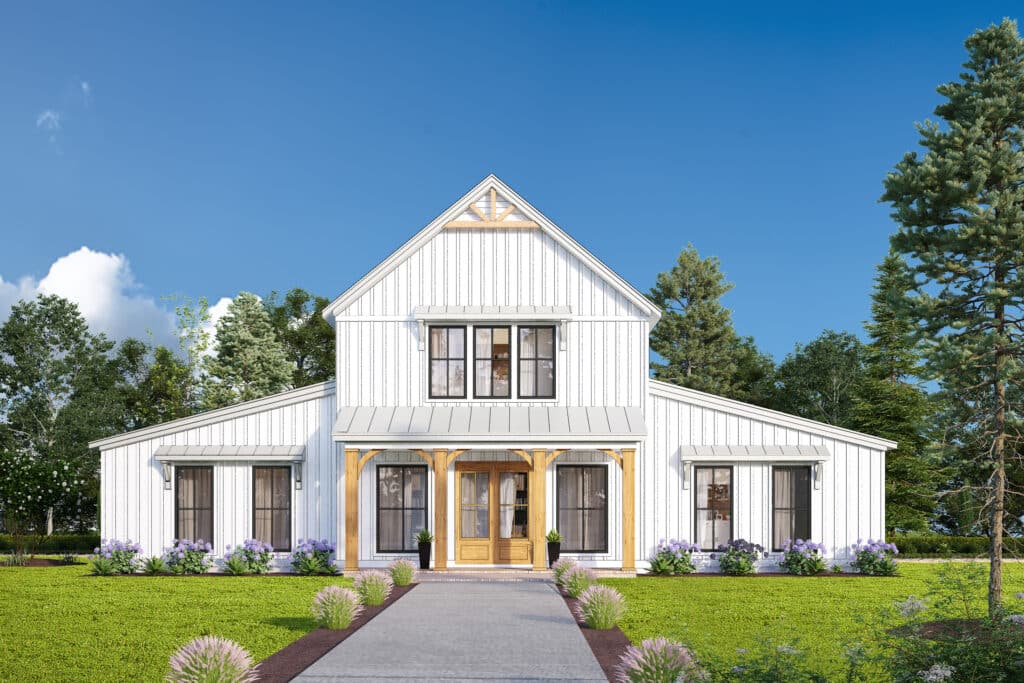What Do I Need to Know Before Building a Barndominium?
Building a barndominium—a unique fusion of barn and condominium—can be an exciting and rewarding project. However, like any significant construction endeavor, it requires careful planning and consideration of various factors. This article will outline the key things you need to know before building a barndominium, including zoning requirements, construction materials, property acquisition, and more.
1. Zoning Requirements and Permits
Understanding Zoning Laws
Before you start building, it is crucial to understand the zoning laws and regulations in your area. Zoning laws dictate how land can be used and what types of structures can be built. Here’s what you need to do:
– **Check Local Zoning Regulations**: Contact your local zoning office or visit their website to determine if your property is zoned for residential use and if barndominiums are permitted.
– **Obtain Necessary Permits**: You will need various permits for construction, including building, electrical, plumbing, and HVAC permits. Ensure that you apply for and receive all required permits before starting construction.
– **Compliance with Building Codes**: Make sure your barndominium plans comply with local building codes, which are designed to ensure the safety and structural integrity of buildings.
2. Choosing the Right Property
Finding Suitable Land
Selecting the right piece of land is one of the most critical steps in building a barndominium. Here are some tips:
– **Accessibility**: Ensure the land is accessible by road and close to essential amenities like schools, hospitals, and shopping centers.
– **Utilities**: Check the availability of utilities such as water, electricity, and sewage systems. If these are not readily available, you may need to invest in infrastructure, which can increase costs.
– **Topography and Soil Quality**: Assess the topography and soil quality of the land. A flat, stable site with good drainage is ideal for building. Soil tests can help determine if the ground is suitable for construction.
Working with a Real Estate Agent
A local real estate agent can help you find land that meets your criteria and guide you through the purchasing process. They can also provide valuable insights into the local real estate market and zoning regulations.
3. Choosing Between Steel and Wood Framing
Steel Framing
Steel framing is a popular choice for barndominiums due to its strength, durability, and versatility. Here are the benefits:
– **Durability**: Steel is resistant to termites, rot, and fire, making it a long-lasting option.
– **Strength**: Steel frames can support larger spans and open floor plans, offering more design flexibility.
– **Low Maintenance**: Steel requires less maintenance compared to wood, reducing long-term costs.
Wood Framing
Wood framing is another option, especially for those who prefer a more traditional construction method. Benefits include:
– **Cost**: Wood is generally less expensive than steel, which can reduce initial construction costs.
– **Ease of Construction**: Wood framing is well understood by most contractors, making it easier to find skilled labor.
– **Aesthetics**: Wood can offer a warmer, more traditional look that some homeowners prefer.
Making the Decision
Consider factors such as budget, design preferences, and long-term maintenance when choosing between steel and wood framing. Consulting with a contractor or architect can also help you make an informed decision.
4. Designing Your Barndominium
Floor Plans
Obtaining high-quality floor plans is essential for a successful build. Professional companies like BuildMax offer customizable floor plans that meet local building codes and standards. Here’s what to consider:
– **Functionality**: Ensure the floor plan meets your lifestyle needs and includes all necessary rooms and spaces.
– **Customization**: Work with designers to customize the floor plan to your preferences and the unique characteristics of your land.
– **Budget**: Choose a design that fits within your budget, considering both initial construction costs and long-term maintenance.
Working with Professionals
Hiring experienced professionals, including architects, contractors, and engineers, is crucial to ensure the quality and safety of your barndominium. They can provide valuable guidance throughout the design and construction process.
5. Budgeting and Financing
Estimating Costs
Create a detailed budget that includes all aspects of the construction process:
– **Land Purchase**: Include the cost of the land and any necessary infrastructure improvements.
– **Construction Costs**: Account for materials, labor, permits, and inspections.
– **Utilities**: Include the cost of connecting to or installing utilities such as water, electricity, and sewage systems.
– **Contingency Fund**: Set aside a contingency fund for unexpected expenses that may arise during construction.
Financing Options
Securing financing for a barndominium can be more challenging than for a traditional home. Consider the following options:
– **Construction Loans**: These loans cover the cost of building the barndominium and can be converted into a mortgage once construction is complete.
– **Mortgages**: Some lenders offer mortgages for barndominiums, but terms and conditions may vary.
– **Personal Loans**: For smaller projects, personal loans may be an option, though interest rates may be higher.
6. Preparing for Construction
Hiring Contractors
Selecting the right contractors is crucial for the success of your project. Look for:
– **Experience**: Choose contractors with experience in building barndominiums or similar structures.
– **References**: Ask for references and check reviews to ensure the contractor has a good reputation.
– **Licensing and Insurance**: Ensure the contractor is licensed and insured to protect yourself from potential liabilities.
Construction Timeline
Develop a realistic construction timeline that outlines each phase of the project, from site preparation to final inspection. Regularly communicate with your contractor to stay on track and address any issues promptly.
Conclusion
Building a barndominium is a complex but rewarding process that requires careful planning and consideration. Understanding zoning requirements, selecting the right property, choosing between steel and wood framing, obtaining quality floor plans, budgeting and financing, and preparing for construction are all critical steps to ensure a successful build. By taking these factors into account and working with experienced professionals, you can create a barndominium that meets your needs and stands the test of time.



